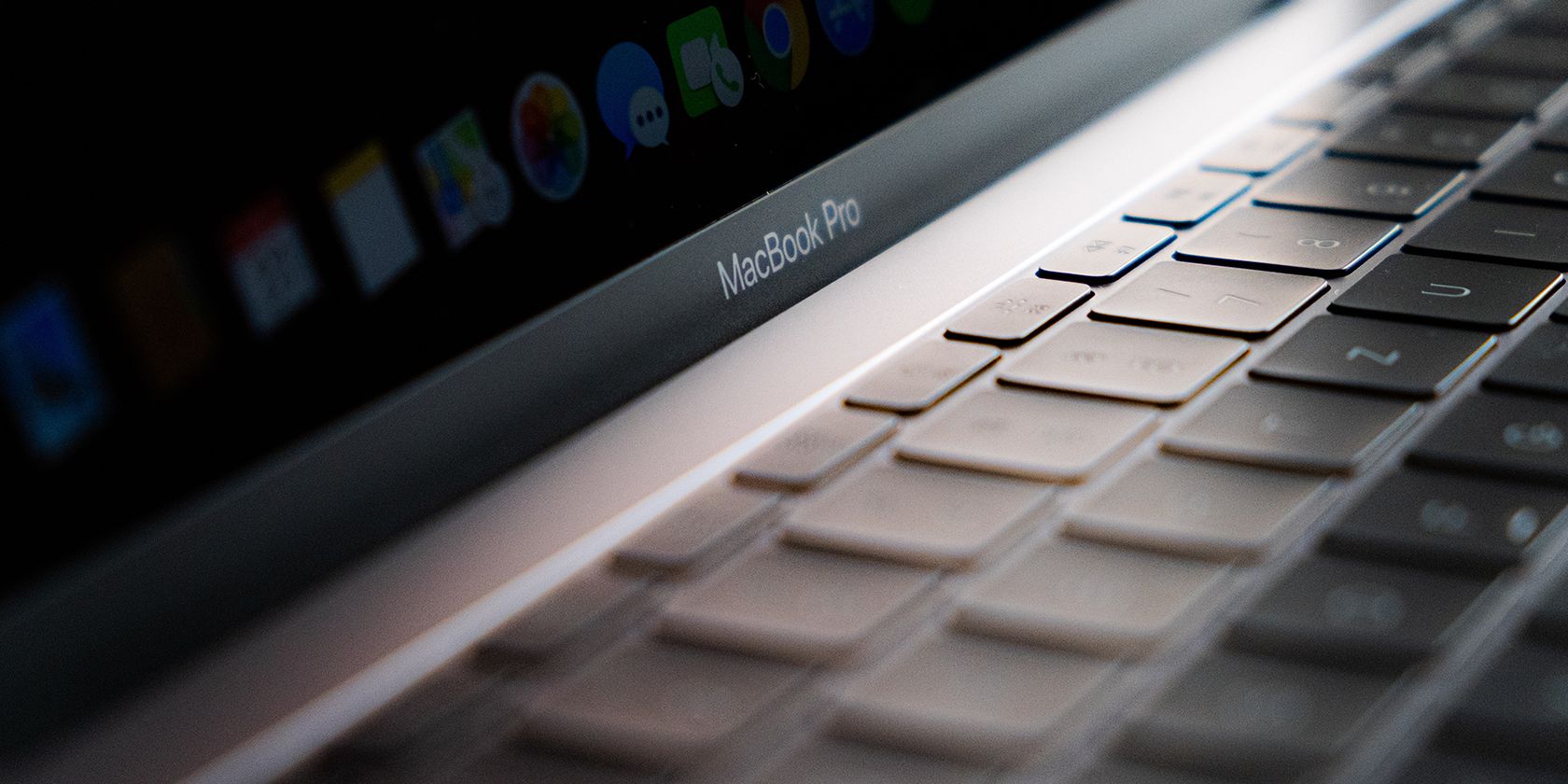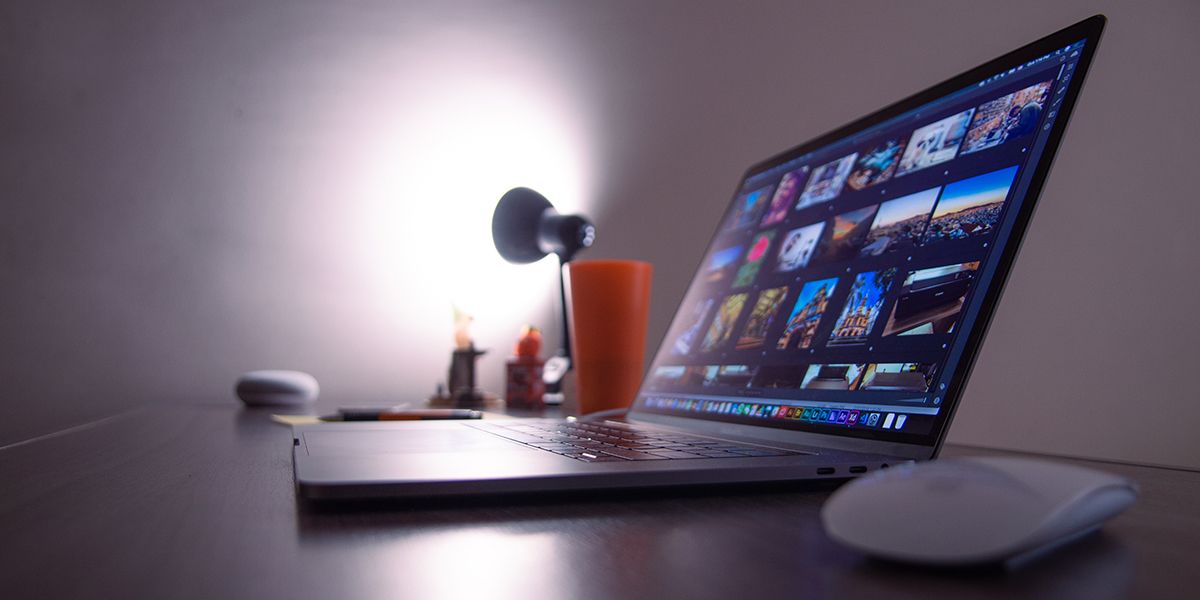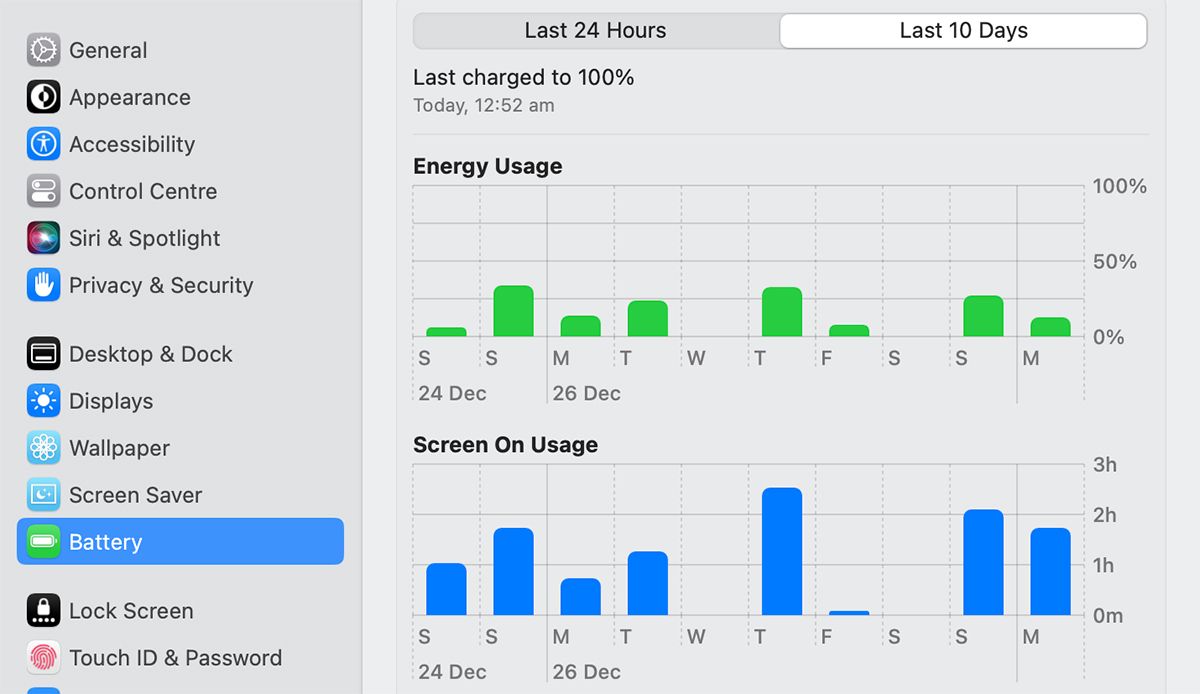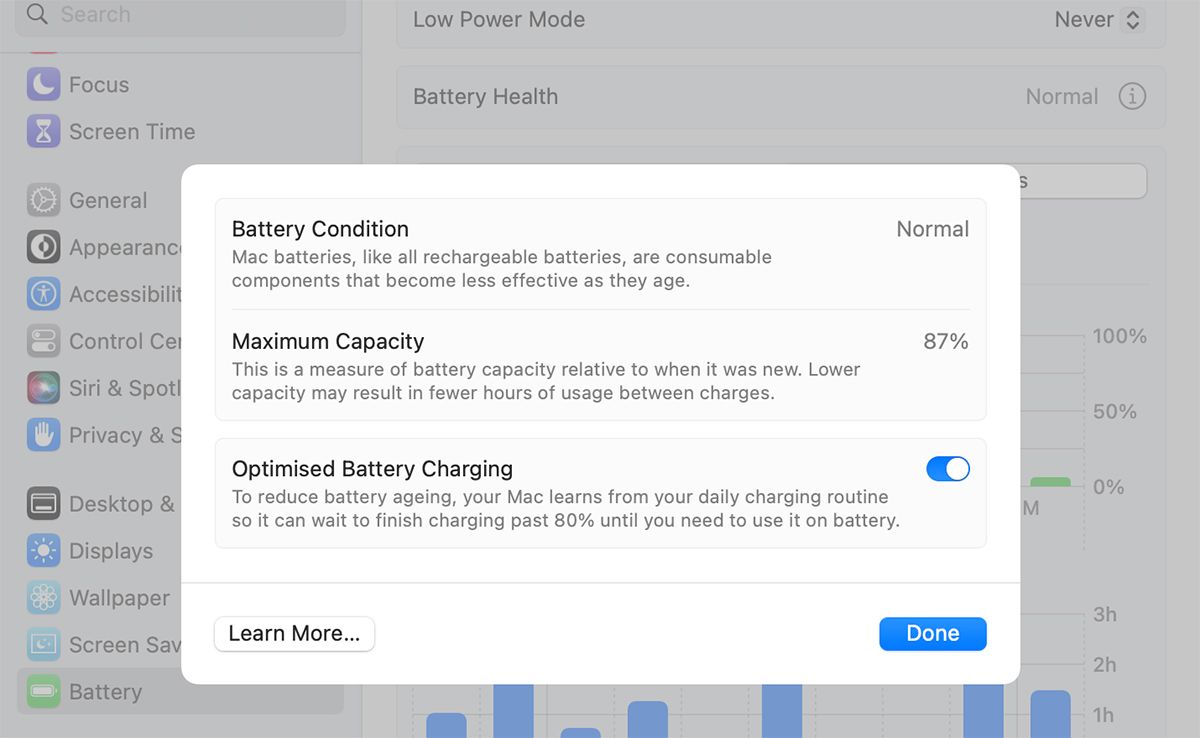If you always use your MacBook in the same place, there's a good chance you'll keep it plugged in all the time. This saves you the hassle of connecting and disconnecting your charger throughout the day to keep your MacBook charged, but is it bad for its long-term battery health?
We'll discuss the implications of keeping your MacBook plugged in all the time below.
Should You Leave Your MacBook Plugged In Constantly?
Lithium-ion batteries, like what's in your MacBook, are complicated pieces of technology. Fortunately, it's not possible to overcharge your MacBook battery by leaving it plugged in all the time, nor will it overheat or damage any other components. But you might reduce the battery's maximum charging capacity by keeping it plugged in all the time.
This means that if you keep your MacBook plugged into the charger all the time, you might find that when you do decide to run it off the battery, it doesn't last nearly as long as it used to.
This is why it is generally a good idea to avoid letting your battery sit at 100% for too long. This is especially significant if you run your Mac with graphically or memory-intensive apps.
How Do MacBook Batteries Work?
MacBooks use lithium-ion batteries, which are very efficient and provide good performance. However, as with all batteries, the maximum charging capacity diminishes over time, and you may lose many minutes or even hours of usable time as the battery ages.
You may have noticed that a battery usually charges from 0 to 80 percent quite fast but then slows down when charging from 80 to 100 percent. This is another quality of lithium-ion batteries, as the way they store energy requires careful charging past about 80 percent capacity. It is pretty easy for the batteries to overheat, which can damage them, so battery technology reduces the charging speed from 80 to 100 percent.
The sweet spot for lithium batteries to conserve long-term health is between 40 percent and 80 percent. Charging your lithium-ion-powered devices to 100 percent or letting your battery levels drop to nearly empty is bad for the battery's health.
Does Keeping Your Mac Plugged In Affect Its Performance?
You might also be wondering whether keeping your Mac plugged in all the time affect's its performance. In short, it doesn't make much of a difference for macOS. However, you may notice a bit of performance lag creeping in over time.
This is why it is considered a good idea to restart your Mac occasionally—even if you don't keep it plugged in all the time. Some programs that aren't written properly can have memory leaks that may cause performance issues over time. Similarly, single-bit errors in RAM can also affect your Mac when it isn't rebooted.
A quick reboot will generally fix these small issues. Apart from that, keeping your Mac plugged in all the time will not affect macOS much.
Good Battery Charging Habits
Most people use their MacBooks for multiple years before upgrading to a new one. With such a long-term investment, it is very important to develop some good MacBook charging habits that will help you get the most out of your computer.
In terms of conserving battery life and battery charge cycles, be sure to follow the tips below:
- Don't keep your MacBook plugged in all the time, and let its power drop to around 40 percent before recharging it.
- Don't fully discharge your battery regularly. We understand this might not always be an option, but avoid full discharges and charge the battery as soon as possible when it dies.
- Avoid exposing your MacBook to extreme temperatures, which may damage the battery.
-
Keep an eye on your MacBook's battery health using the Battery section in System Settings to learn your power usage trends and how you can improve them. You can also opt to use Apple's Low Power Mode on your MacBook to conserve battery life.
- Consider enabling and using Optimized Charging on your Mac from these preferences, which learns your charging habits and delays charging past 80 percent when your Mac is plugged in.
- If you're still experiencing battery issues on your MacBook, it may be worth having a go at calibrating your MacBook's battery.
Use Optimized Charging on Your MacBook
Your MacBook has an Optimized Battery Charging feature that allows you to preserve your battery life by learning your charging habits and adjusting charging behavior accordingly. This can be a useful way to avoid damaging the battery if you regularly keep your MacBook connected to power for long periods.
For example, say you usually charge your laptop overnight and leave for work at 9AM every morning. Your Mac will learn this charging habit and will delay charging its battery beyond 80 percent until the final hours of the morning so that the battery cell spends less time at 100 percent. This preserves the MacBook's battery health and reduces stress on the battery.
The feature usually works very well, especially if you have a set routine, but unfortunately, you can't adjust the charging habits yourself. You can only turn the feature on or off. Similarly, if one day you decide to leave for the office a bit earlier, you might find yourself without a fully charged battery.
We recommend giving the feature a try and seeing if it works for you. You can turn on Optimized battery charging from System Settings > Battery and click on the Info button next to the Battery Health.
Take Care of Your MacBook's Battery
Like any other machine, a MacBook will last longer and run better if you take good care of it. Reduced battery health leads to poor performance, which can be very annoying. By following these simple tips for conserving your battery health, you'll be able to get more out of your purchase.




